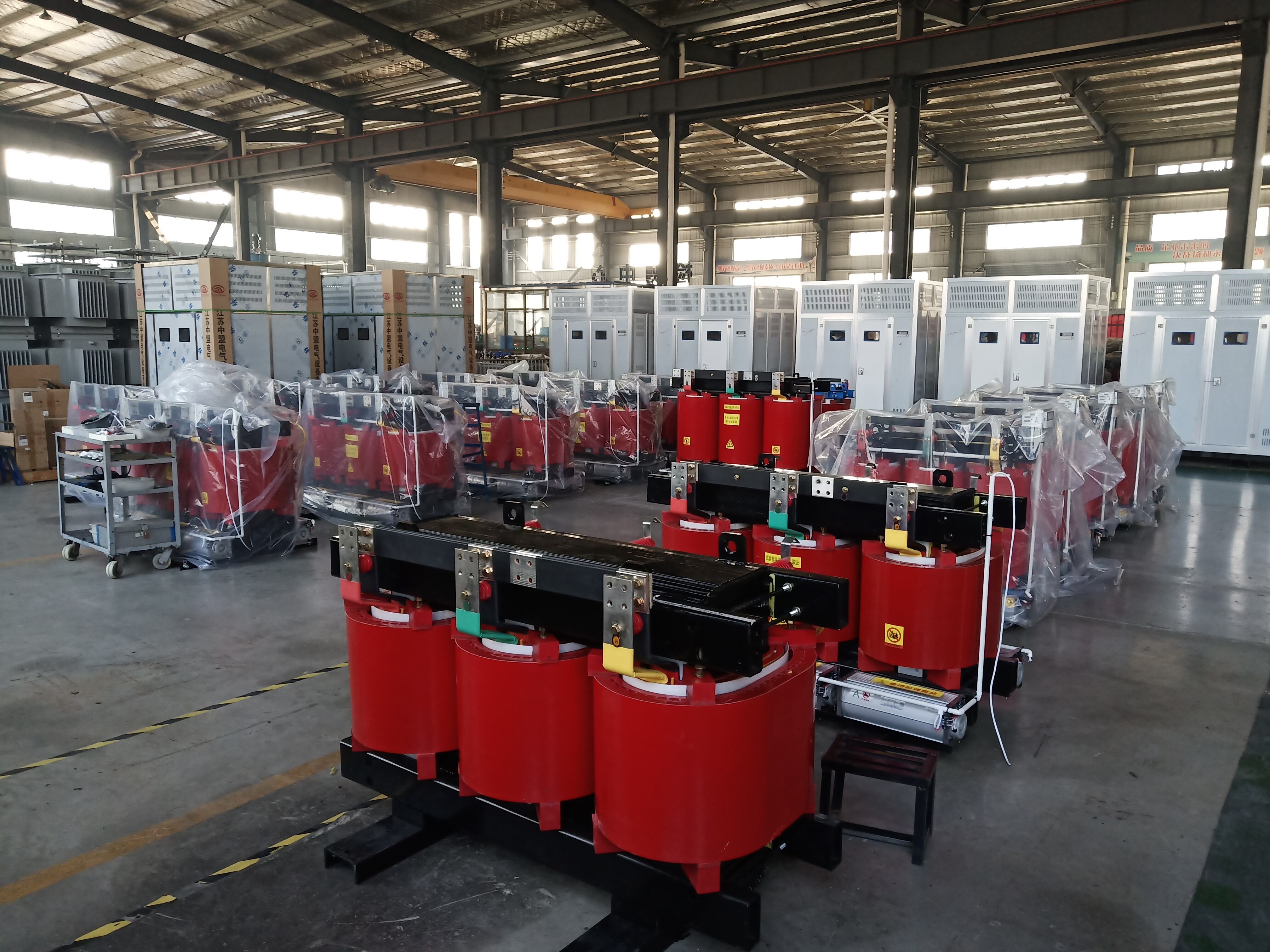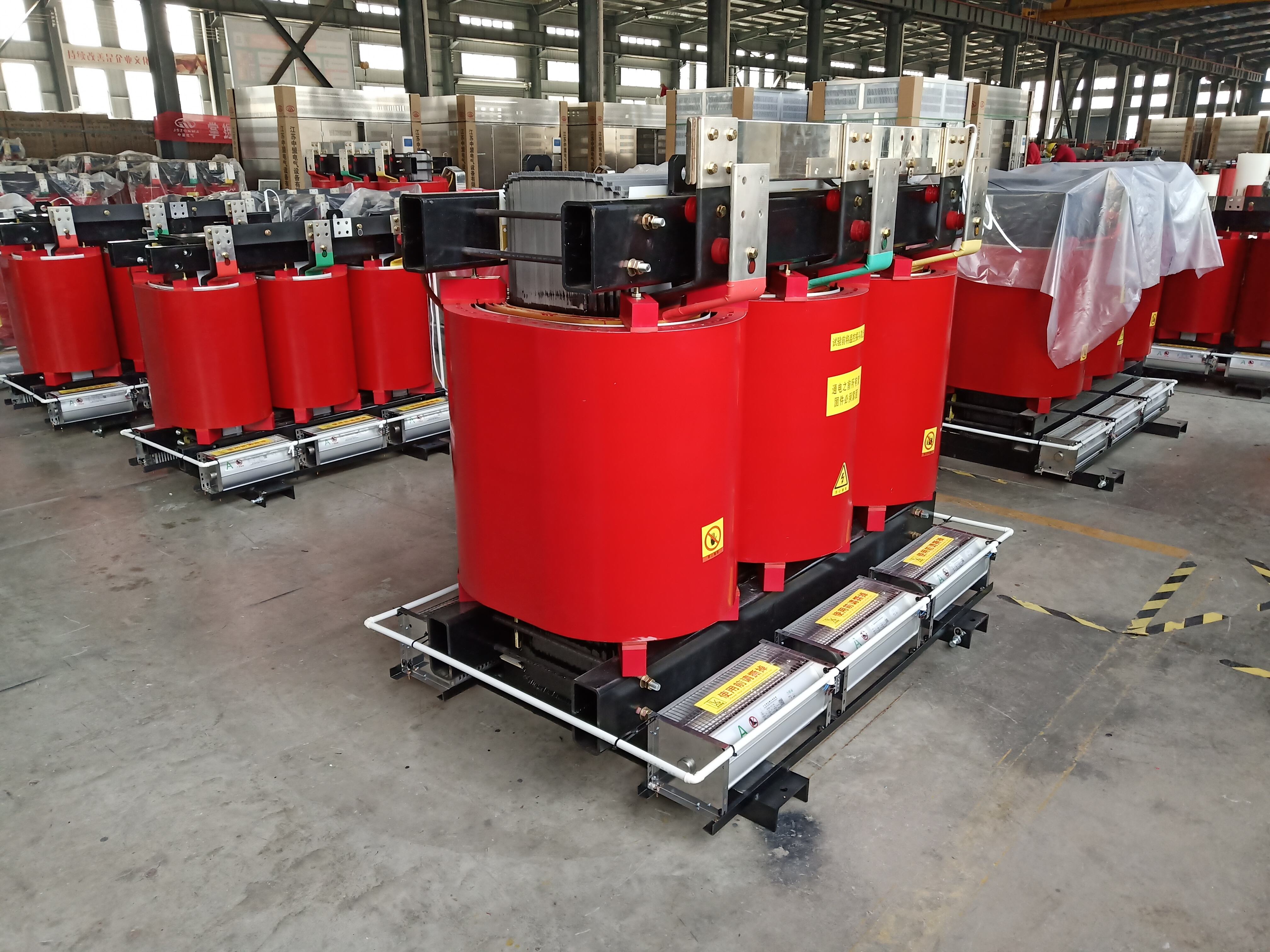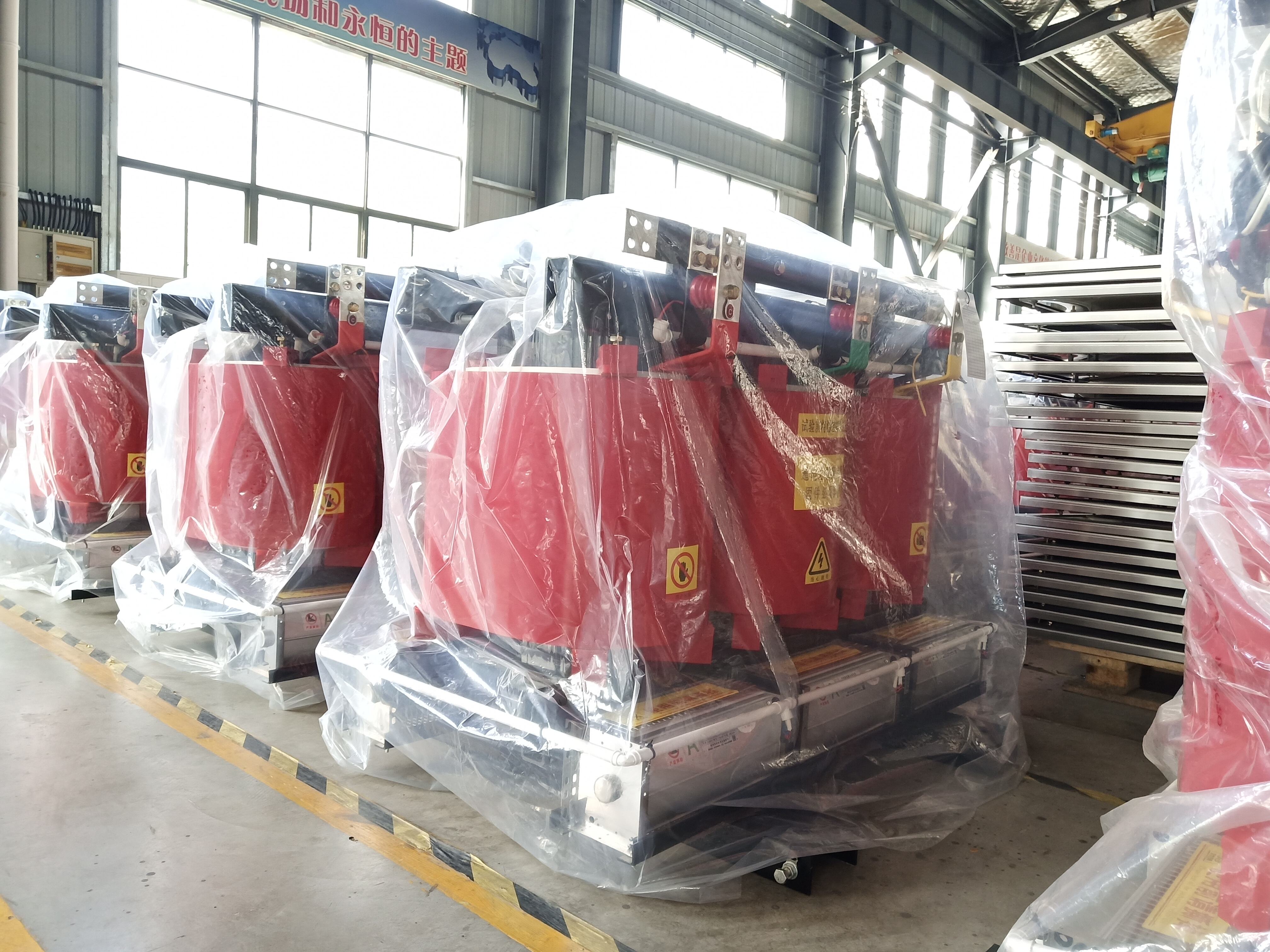cheapest substation transformer
The cheapest substation transformer represents an economical solution for power distribution needs, offering essential functionality at an accessible price point. These transformers typically operate at voltages ranging from 11kV to 33kV, making them suitable for small to medium-sized industrial applications. Despite their cost-effectiveness, these units maintain fundamental safety features including basic overload protection, temperature monitoring, and standard insulation systems. The core is usually constructed from silicon steel laminations, while the windings are made from aluminum instead of copper to reduce costs while maintaining acceptable performance levels. These transformers commonly feature natural oil cooling systems, which help regulate operating temperatures without requiring expensive forced cooling mechanisms. They are designed to handle basic load variations and come equipped with standard tap changers for voltage adjustment. While they may not offer advanced monitoring capabilities or sophisticated control systems found in premium models, they effectively fulfill the primary function of voltage transformation and power distribution. These units are particularly well-suited for rural electrification projects, small industrial facilities, and basic commercial applications where budget constraints are a primary consideration. Their simplified design approach focuses on essential functions while minimizing additional features that would increase costs.


